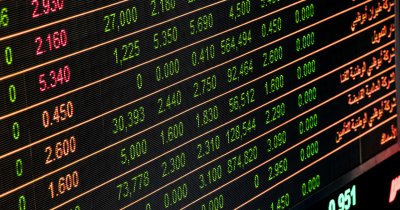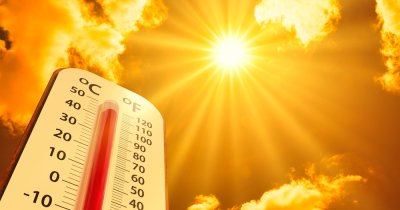Scientists say the milestone underscores the importance of COP26 climate summit promises tu curb emissions of methane. Methane is 28 times more potent as CO2.
“Methane levels are growing dangerously fast,” says Euan Nisbet, an Earth scientist at Royal Holloway, University of London, in Egham, UK, as part of a Nature feature piece. The emissions, which seem to have accelerated in the past few years, are a major threat to the world’s goal of limiting global warming to 1.5–2 °C over pre-industrial temperatures, he says.
The explanation for this growing trend of methane emissions are diverse, from landfills to growing livestock herds and increasing activity by microbes in wetlands.
“The causes of the methane trends have indeed proved rather enigmatic,” says Alex Turner, an atmospheric chemist at the University of Washington in Seattle.
By studying methane trapped decades or centuries ago in ice cores and accumulated snow, as well as gas in the atmosphere, they have been able to show that for two centuries after the start of the Industrial Revolution the proportion of methane containing 13C increased. But from 2007 the methane levels began to rise in an accelerated rhythm. Researches believe that this growth comes from microbial sources, rather than fossil fuels.
But livestock, agricultural waste, landfill and fossil fuel extraction accounted for 62% of total methane emissions from 2007 to 2016.
 Vlad Andriescu
Vlad Andriescu












Any thoughts?